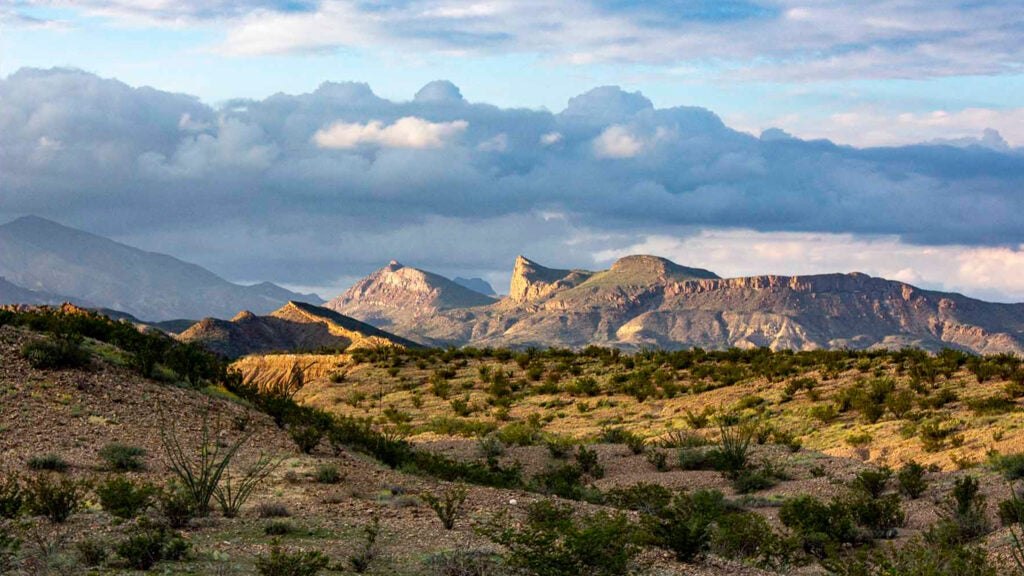No products in the cart.
Outdoor Adventure
Texas Is the Most Underappreciated Outdoor Adventure State
Born and raised in Wichita Falls, Texas, I grew up chasing after horned lizards, flying off inflatable tubes pulled behind boats, and camping in triple-digit-degree summers. Family vacations were a mix of relaxing on the Galveston coast and testing my athletic abilities slalom water skiing on Lake Arrowhead.
Texas sometimes receives eye rolls and groans from the rest of the country, and I get it. We can be a little loud and braggy, and I’ve got a bone to pick with some state policies. But the thing I’ve never understood is why more people aren’t aware of the bounty of outdoor experiences here. There’s something indisputable about the diverse geography of the Lone Star State that I’ll defend time and time again. We’ve got outdoors to rival them all, y’all.
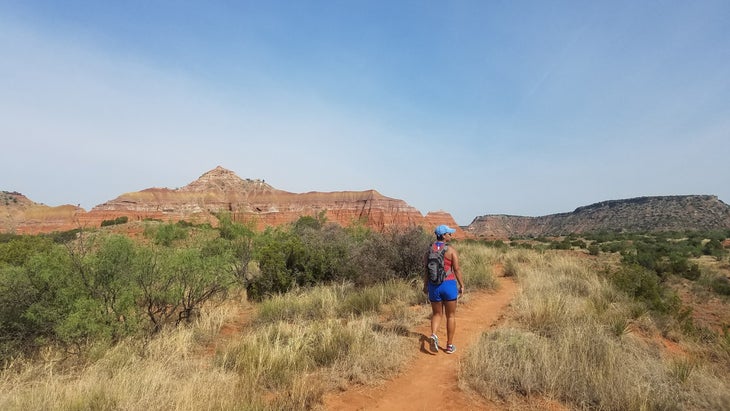
My state has some of the biggest and best landscapes in the country, filled with diverse wildlife, awe-inspiring views, and adventurous activities. I am proud to put on my braggart Texan cap to explain how to experience it all. These are my favorite places and experiences to get outside in Texas.
1. National Parks
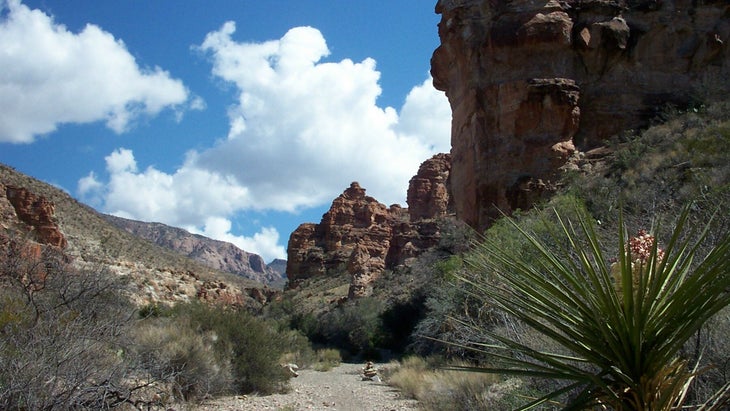
It was hard to believe Texas had “real” mountains until, in the most spiritual experience I’ve ever had in a state where churches sit on every corner, I saw them rising gloriously out of the desert in Big Bend National Park. On my first visit, seven years ago, I stayed with an 80-year-old in Terlingua whom I found through couchsurfing.com. He took me to the national park for a hike and we gazed at exposed ancient pictographs, which seem to show darts or arrowheads for hunting, in red pigments on the gold limestone.
Then we soaked in the Langford Hot Springs, outdoor baths above ancient faults where Tornillo Creek enters the Rio Grande. Big Bend National Park offers float trips through canyons, horseback riding, hiking, and stargazing; it’s an International Dark Sky Park.
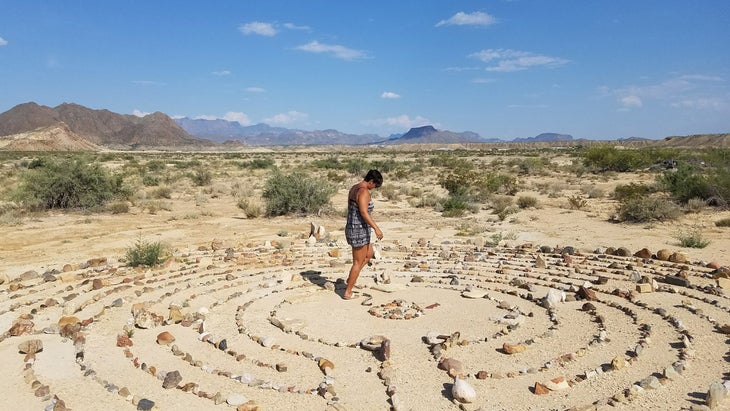
That night I joined Terlinguan locals and national-park visitors on an impromptu walk through old mining tunnels, followed by porch-side singing of 1990s classics, and then a swim in the Terlingua Creek. I had thought I’d spend most of my time in Big Bend hiking alone; instead I was surrounded by a host of characters with big personalities. Sometimes a trip to a Texas national park takes you on a journey you don’t expect.
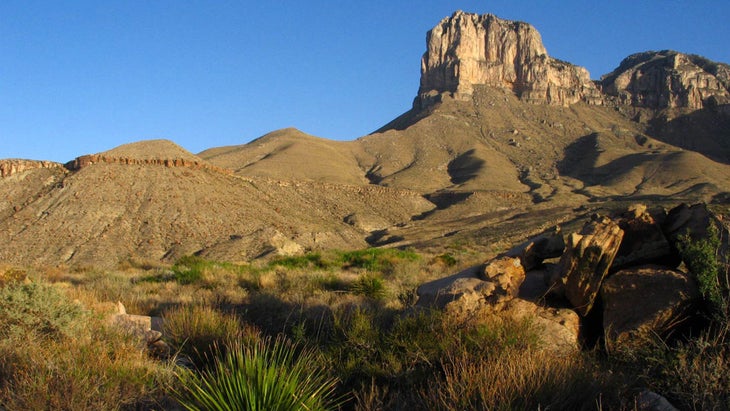
You can find many of the same activities at our other national park, Guadalupe, two hours east of El Paso. Guadalupe National Park has eight of the ten highest peaks in Texas, the world’s most extensive Permian fossil reef, and 80 hiking trails through unique geological formations, like thousand-foot cliffs and rocks with dark water-ripple streaks.
2. Kayaking and Canoeing
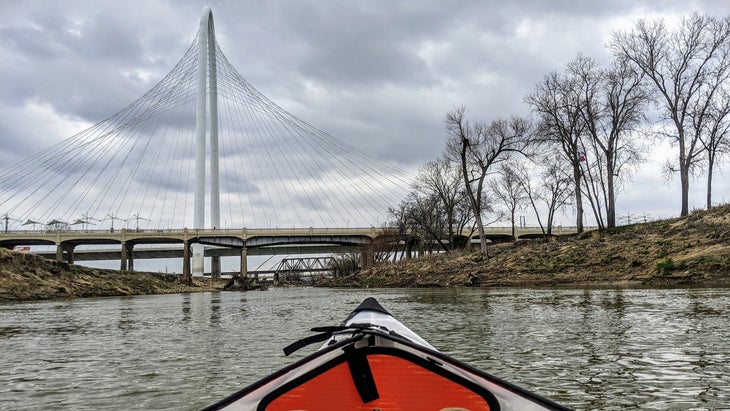
In 2021, I paddled a folding kayak on a voyage under the downtown Dallas skyline for a 12-mile portion of the 130-mile Trinity River National Water Trail. The serenity of the experience was only interrupted by a few car honks when I floated under bridges—and the sight of a passing gator.
Texas has 81 official paddle trails located throughout the state, and with 3,700 streams, 15 major rivers, and 3,300 miles of tidal shoreline, an abundance of other places to paddle or row as well. You can kayak with dolphins in the Galveston Bay or canoe with gators through Caddo Lake State Park, home to one of the world’s largest cypress forests, the trees covered in Spanish moss. Autumn paddle trips are ideal for fall-foliage views and cooler temps, not to mention a chance to witness thousands of monarch butterflies migrating to Mexico over the Devil’s River in West Texas.
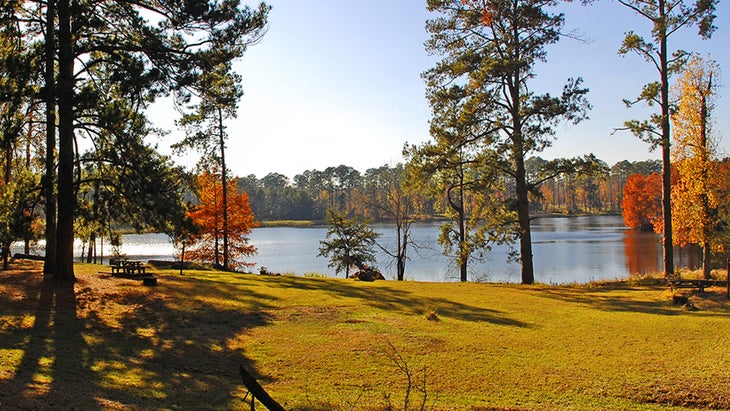
3. Climbing
Rock climbing has become popular in Texas—you now see just as many dating profiles with rock-climbing photos as you do of folks holding up dead fish they’ve caught. Climbers from here and elsewhere are scrambling to places like Hueco Tanks State Park, a bouldering hub 30 miles east of El Paso featuring problems (meaning short routes done ropeless) from V0-V16, and Milton Reimers Ranch Park near Austin, which offers bolted sport climbs. Some Texas property owners are opening their private lands to climbers for limited camping and use. For instance, new routes are being developed among the granite cliffs and boulders at Inks Ranch.
4. Hiking
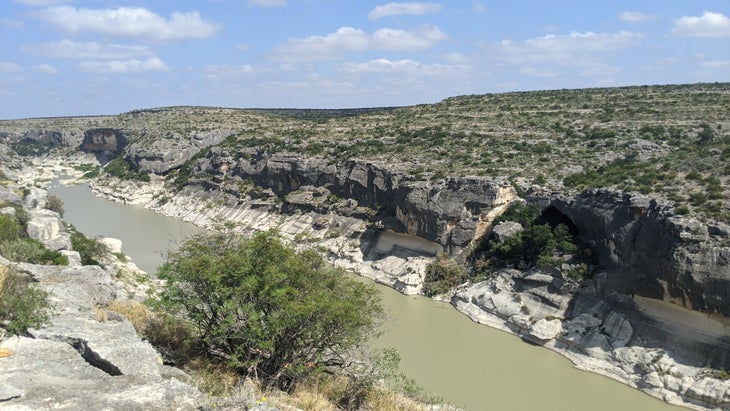
I’ve hiked through flat North Texas fields of bluebonnets, across dinosaur tracks at Dinosaur Valley State Park, and up hills and limestone canyons full of Uvalde bigtooth maple trees at Lost Maples State Natural Area. Even within our cities there are spectacular hiking trails: like Austin’s Barton Creek Greenbelt; or, just an hour-and-fifteen-minute drive from Houston, the 129-mile Lone Star Hiking Trail, which winds through the Sam Houston National Forest, the largest national forest in Texas.
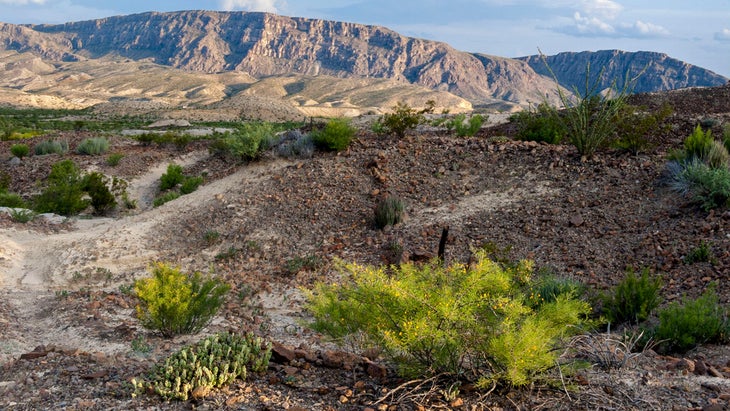
For less crowded hikes, aim for natural areas in the South Texas Plains, Pineywoods, Panhandle Plains, and Big Bend Country. I hiked about eight miles on the Canyon Rim Trail and the Rio Grande Trail that follows the rim of Seminole Canyon in Seminole Canyon State Park in Big Bend Country and saw only two other people.
East Texas holds the four national forests—Sam Houston, Davy Crockett, Sabine, and Angelina—with the Caddo-Lyndon B. Johnson National Grasslands, also Forest Service-managed, located in northeast Texas. All are laced with hiking trails.
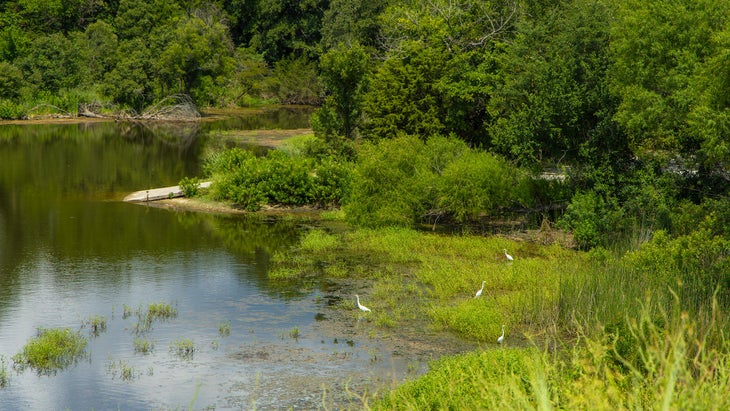
Texas hiking tips: Always pack more water than you need, and then pack an extra bottle—and if you hear a rattle, move your ass. We have 15 varieties of venomous snakes, so be careful. But to keep it in perspective, more people die in Texas from lightning strikes than snake bites. So don’t chance the storms, either.
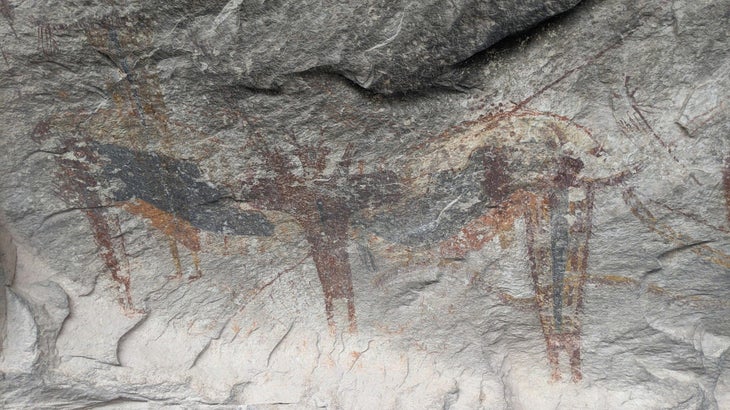
5. Cycling and Mountain Biking
You have to admire how most Texans aren’t fazed about cycling and biking in extreme temperatures in outdoor environments. Take me—I rode 100 miles in 100-degree-heat for a cycling ride aptly called Hotter N’ Hell Hundred in my hometown. My parents thought it’d be a “fun” challenge for us to do together. They took me to a cycling shop and urged me to buy a bike. “It’s a good investment,” my dad said. “You’ll use it all the time.”
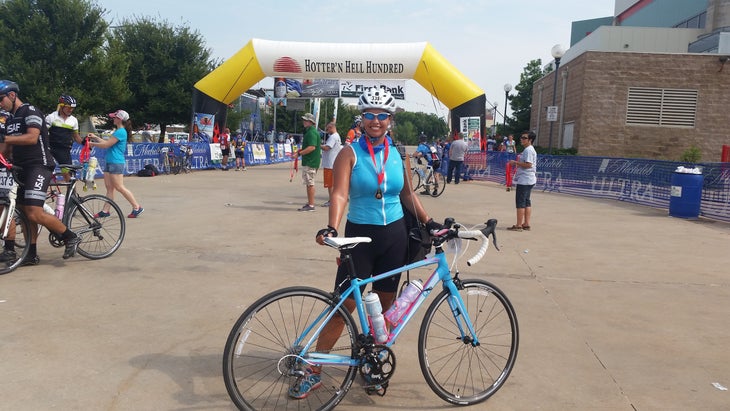
My mom and I completed the Hotter N’ Hell Hundred ride more handily than I expected, while my dad, who was 60 at the time, outshone us by completing the Triple Threat (a 12-mile mountain-bike ride on Friday, 100-mile road ride on Saturday, and a 12-mile trail run on Sunday).
Our big ol’ state has cycling trails of all kinds—like the 30-mile San Antonio River Walk Hike & Bike Trail, which passes by historic Spanish missions in the San Antonio Missions National Historic Park. The challenging 133-mile Northeast Texas Trail follows the old Union Pacific and Chaparral railroad right-of-ways through small towns and over railroad bridges from northeast of Dallas to Texarkana.
Northeast Texas Trail (Farmersville – Pecan Gap)
Let’s not forget mountain-biking trails. Looking for steep hills, granite outcrops, and other forms of technical terrain? Hit up Hill Country State Natural Area for 40 miles of mountain-biking trails like the Vista Ridge and the Madrone Trails.
6. The Coast
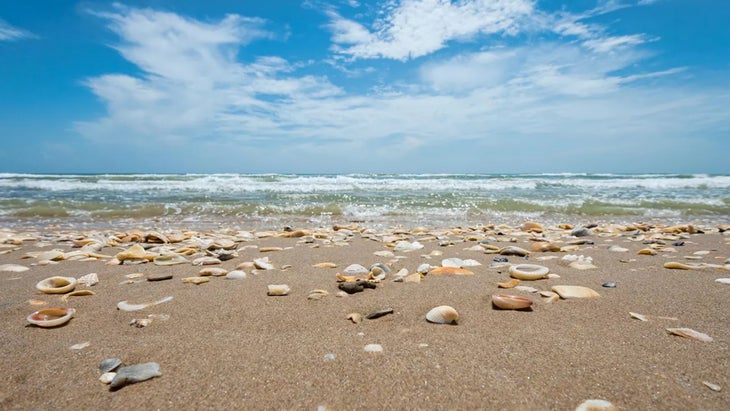
The Gulf of Mexico is warmer than the Atlantic or Pacific oceans—so why suffer the cold when Texas has 367 miles of shoreline and sandy beaches. Camp on the beach at places like Mustang Island State Park or the remote Matagorda Island WMA, made up of 56,000 acres of offshore barrier islands and bayside marshes. You can swim, parasail, surf, water ski, boat, fish, kayak, and go horseback riding.
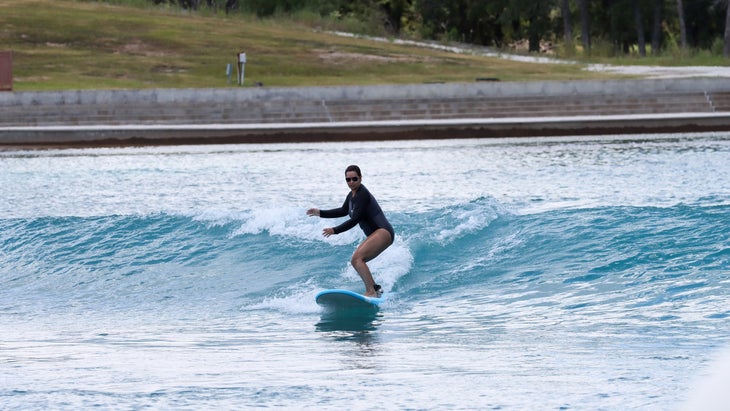
Despite what you may think, there is surfing along Texas’ coastline, at Surfside Beach, Port Aransas, and South Padre, especially during hurricane swells. Corpus Christi has among the largest number of kite-able days in the U.S., making it a well-known kitesurfing destination.
Dying for a surf experience but can’t make the drive to the coast? Do what I did and catch waves at Waco Surf, located between Austin and Dallas, an hour and a half from each. The two-acre surf lake makes waves for beginners, intermediates, and pros. I easily caught 10 smooth waves in an hour and had a blast cheering other surfers between the ages of 10 and 78.
7. State Parks
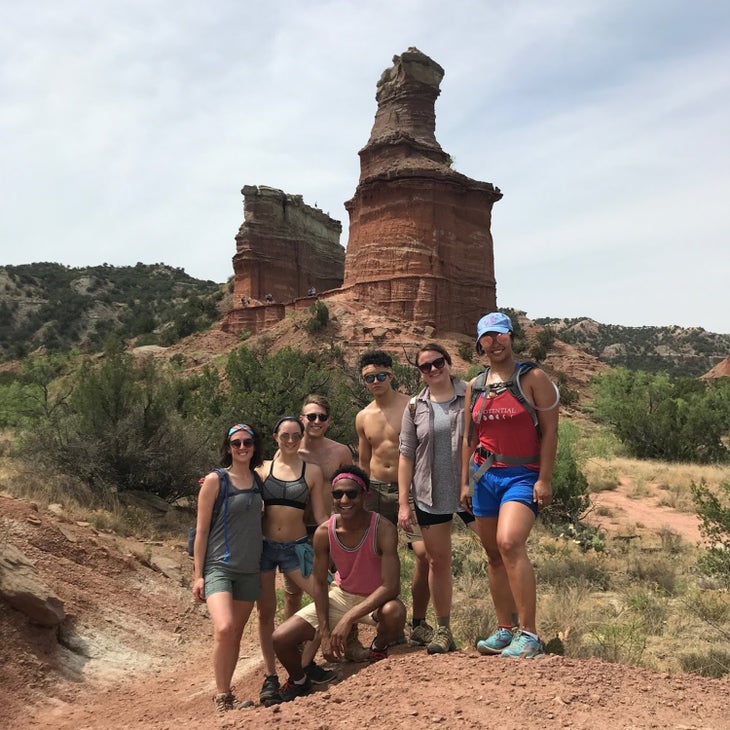
Years ago, my friends and I packed our tents and drove to the Texas Panhandle to stay in the United States’ second-largest canyon, Palo Duro Canyon State Park. During the day, we hiked through red strata rock formations, and at night we marveled and sang:
The stars at night
Are big and bright (clap four times)
Deep in the heart of Texas
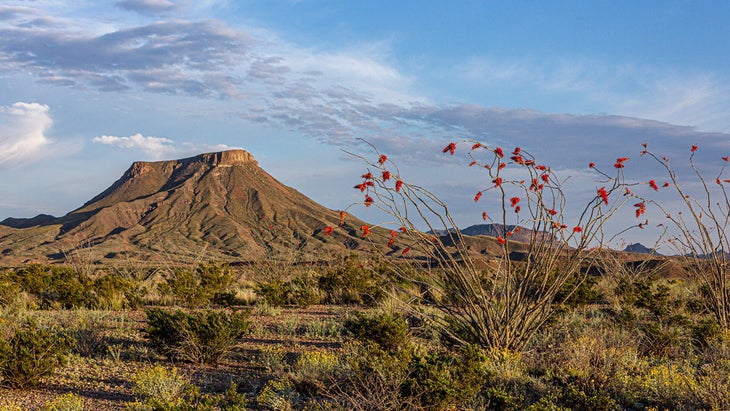
Texas has 89 state parks, natural areas, and historic sites that display its geological variety. Palmetto State Park near San Antonio is a tropical getaway with dwarf palmetto plants, while Colorado Bend State Park has a 70-foot waterfall and 400 underground caves. Board across sand dunes in the Monahans Sandhills State Park, see the Texas State bison herd roaming in Caprock Canyons State Park, or jump into the world’s largest spring-fed swimming pool in Balmorhea State Park.
8. Lakes, Rivers, and Springs
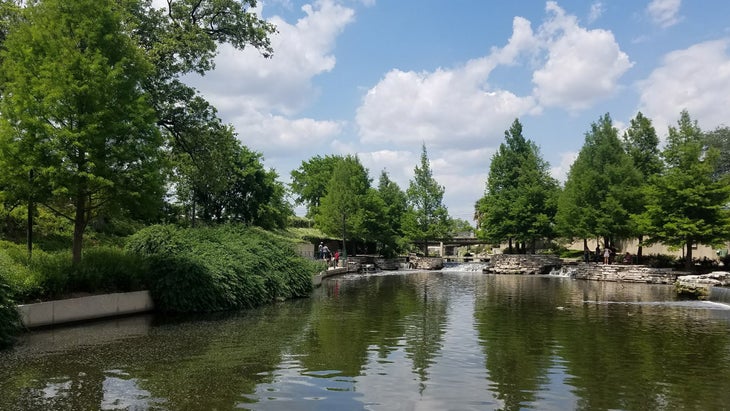
We’ve got every flavor of water you could want, from the picturesque swimming holes of Hamilton Pool Preserve to the crystal-blue reservoir at Amistad National Recreation Area. I have many memories boating on Possum Kingdom Lake watching daredevil youths (and some adults) jumping off cliffs, sticking my backside in an inner tube to float down the Guadalupe River, and trying not to fall off paddle boards. There is scuba diving in Spring Lake, which has 200 artesian springs and the densest population of turtles in the country.
Come on out! Hope to see you on the trails.
If you buy through our links, we may earn an affiliate commission. This supports our mission to get more people active and outside. Learn more.
Alex Temblador was born and raised in North Texas, the traditional homeland of the Caddo, Comanche, Kiowa, Tawakoni, and Wichita peoples. She lives in the Dallas area, a short drive from hills, rivers, lakes, and springs, and continues to find beautiful places in her state to paddle, hike, and explore.
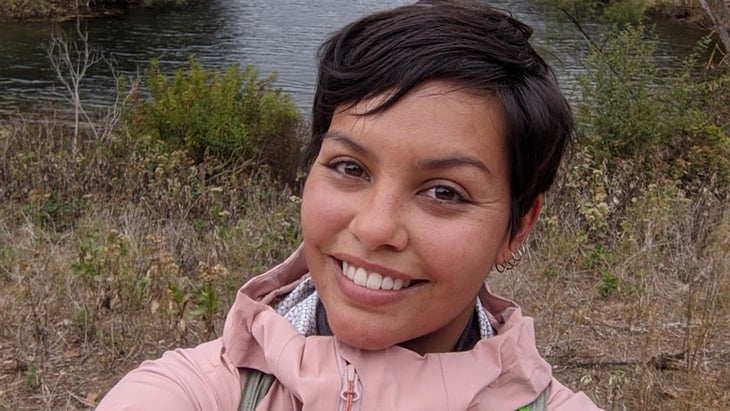
Source link

